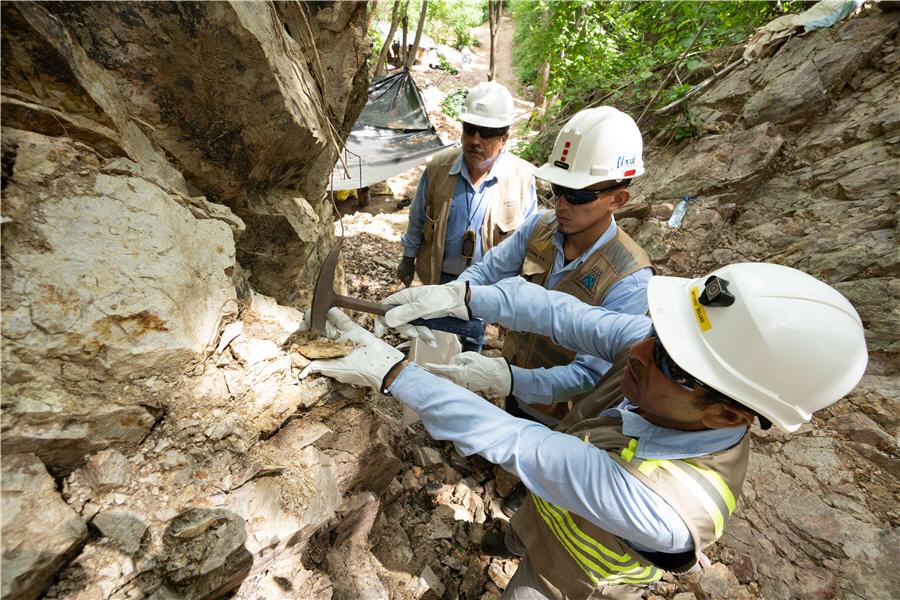
Shares in Condor Gold (LON:CNR) jumped Wednesday after the miner announced it had extended known targets and discovered new high-grade vein systems at its La India project in Nicaragua.
The company said it was working to prove a 5-million-ounce gold district, adding it had already applied to the Ministry of Energy and Mines for two adjacent concessions that will expand the La India land package from 313 km2 to 588 km2.
Executive Chairman Mark Child said the relog of 207 drill holes on the La India and America veins within the project had “generated entirely new open pit and underground drill targets with excellent potential.”
Child also said mapping and sampling at the Andrea East, Cacao, and La Cuchilla concessions had resulted in new drill targets.
“There are so many veins in the district that Condor Gold is effectively ‘drowning’ in exploration targets.” — Executive Chairman Mark Child.
Shares in Condor climbed more than 14% on Wednesday at 31.50 pence by 11:10 am London time.
Cacao is one of the company’s top priority drill targets with intercepts including 7.9 metres at 3.8 grams of gold per ton of ore.
The Andrea East target is currently ready to be drilled with grab samples giving up to 9.7 grams of gold per ton of ore.
“There are so many veins in the district that the company is effectively ‘drowning’ in targets and a major issue is how to prioritize exploration,” said Child.
Condor Gold initially staked concessions in Nicaragua, Central America’s largest country, in 2006. Since then, mining has significantly taken off in the country due to the arrival of foreign companies with the cash and knowledge to tap into its reserves.
According to an independent study published last year, by exploiting just 0.3% of Nicaragua’s land, the mining sector has been able to double gold production and increase silver output by up to seven times in the last 11 years.
Today, gold is the nation’s third largest export, Child said in an interview with MINING.com earlier this year.
The firm also has three other concessions where exploration is actively taking place. In November, the company discovered another vein on the 313 km² concession package, covering 98% of the historic La India Gold Mining District.
Nicaragua’s gold production is supplemented by small scale artisanal mining of placer and alluvial placer gold, particularly in the regions that form what is known as the “mining triangle”: Siuna, Rosita and Bonanza, where small-scale gold extraction has been the dominant trade since 1880.
Other companies currently present in Nicaragua are Canada’s B2Gold and Australia’s Oro Verde.
The fate of Condor Gold’s and other companies’ projects in Nicaragua is currently unclear, as the country has been shaken this year by the largest street protests it has seen since the civil war ended in 1990.
Nicaragua’s gold production is supplemented by small scale artisanal mining, focused mainly in the regions that form what is known as the ‘mining triangle’.
The uprising, mostly led by students, started when President Daniel Ortega tried to change the country’s social security system. He implemented a controversial pension reform resolution intended to halt the growing deficit. The changes increased contributions by workers and employers and reduced retired workers’ pensions.
In May, hundreds of thousands took to the streets of Nicaragua’s capital Managua, calling on Ortega to resign. The police crackdown was immediate and many people were killed, but more protests have been registered all over the country in reaction to the government’s violent reaction ever since.
Nicaragua’s government said on Monday the economic damages from the protests held between April and July amounted to almost $1 billion and about 120,000 jobs lost during the period.
The US government imposed financial sanctions on Nicaragua’s vice president, Rosario Murillo, and a top aide on Tuesday, ratcheting up pressure on the Sandinista administration to end its crackdown on the uprising.